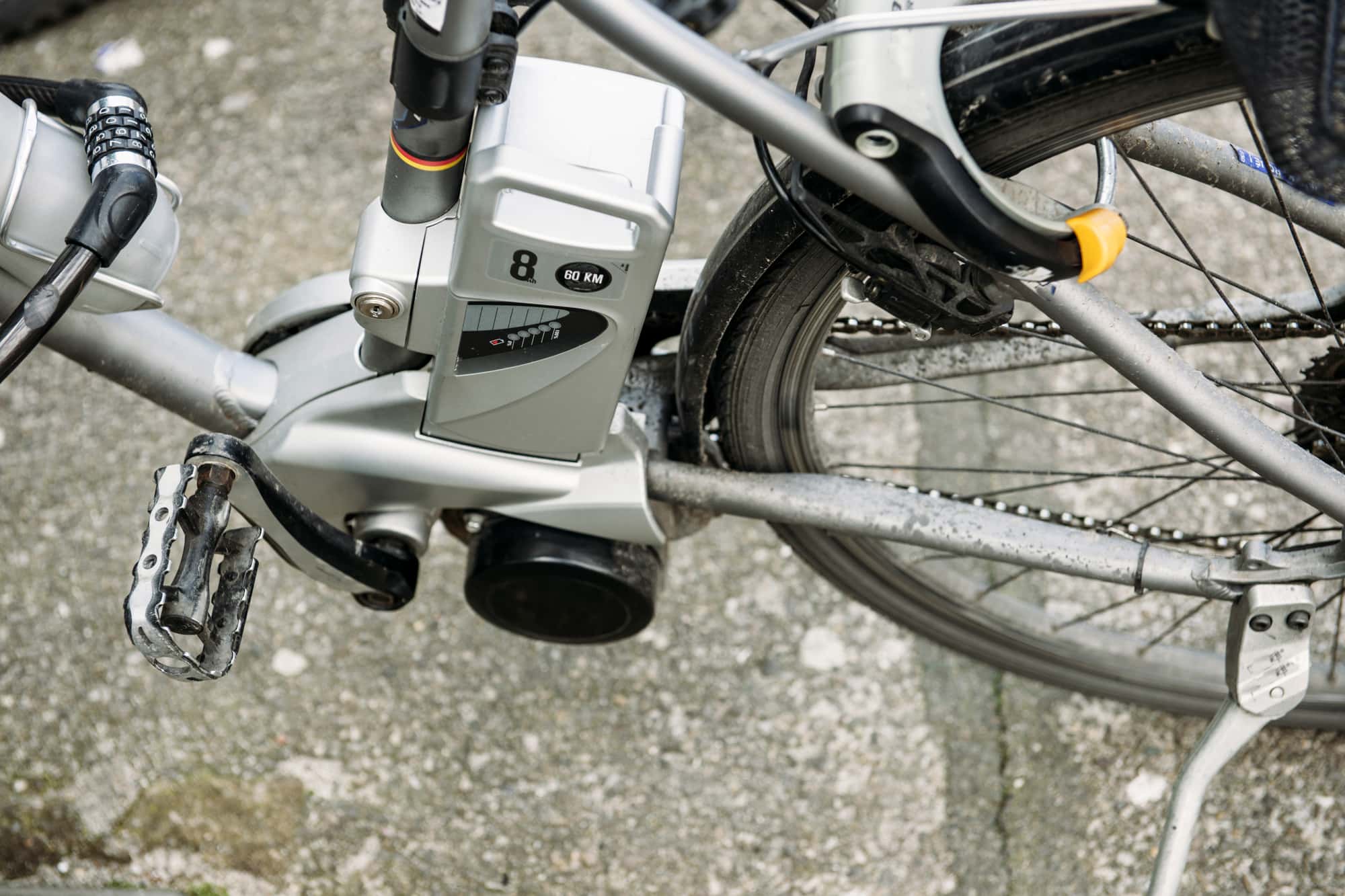The Revolution Of Electric Bikes
What Is An Electric Bike?
Whenever someone hears the word electric bike, they begin to assume it might be something similar to a scooter or an electric motorcycle. However, an electric bike is a pretty different vehicle.
Imagine a regular bicycle and add several other components to it like a controller, a motor, and a battery, all interconnected in a way that will help the electric bike to propel forward.
Ridel E-Bikes
An electric bike is also known as an e-bike. It is a regular bicycle with a motor system that assists in its movement.
Electric bikes are the only vehicle type that has taken over a significant part of the bicycle market finance.
In this article, we will be discussing the revolution of electric bikes, so let’s get started.
Revolution
With its simple design closely related to the conventional bicycle, tiny and useful motor, and easy handling technique, e-bikes have experienced tremendous growth since 1998. During the current times, China utilizes over 120 million electric bikes alone. The use of electric bikes is increasing dramatically in Europe and North America, with about 1.5 million units yearly.
Environment and Health Friendly
One of the most attractive features of an electric bike is that it is entirely environment-friendly compared to other road transportation, even if we include the frequency of battery changes. It does not emit any harmful gases, so it is very little to no chance of air pollution.
E-bikes can be very helpful for ill patients who are under rehabilitation. For example, patients with heart problems can significantly improve their mobility with e-bikes with little muscle strain and cardiac exertion. However, one disadvantage of an e-bike is its high speed, which proves to be a bit troublesome for the traditional roads made for conventional bikes.
Some History
The first model of electric bike appeared in the 19th century. The US Patent office issued several e-bike designs from 1895 to 1899, including those with power battery, double electric motor, and electric motor with roller wheel. The models with rotating sensors and power controls became available in the 1990s. One of the first commercially aacceptable models appeared in 1997 under the name “Select.” Many years after that, over 49 different models became available in the market, and in the early 2000s, two renowned Japanese firms Panasonic and Yamaha began their worldwide mass production.
Ridel E-Bikes
The primary e-bike design consists of the conventional bicycle layout and a tiny motor unit powered by a light, rechargeable battery. These motors are powered in such a way to produce the maximum speeds of 15 to 20 mph. Nowadays, the most frequently used engines are direct-drive and geared. One of the early models of an electric bike from the 1980s consisted of a solar charging station, used to replenish onboard batteries.
Conclusions?
These days, the production of electric bikes is increasing drastically. Every country has a different set of rules that regulate use on public roads. They are mostly known as bicycles. However, at some places, they are termed as a subset of motorcycles and motorized bicycles.
https://www.youtube.com/watch?v=K-1FggN-LN8
Q&A
What Is An Electric Bike?Whenever someone hears the word electric bike, they begin to assume it might be something similar to a scooter or an electric motorcycle. However, an electric bike is a pretty different vehicle.
Imagine a regular bicycle and add several other components to it like a controller, a motor, and a battery, all interconnected in a way that will help the electric bike to propel forward.
What's so Revolutionary with E-Bikes?With its simple design closely related to the conventional bicycle, tiny and useful motor, and easy handling technique, e-bikes have experienced tremendous growth since 1998. During the current times, China utilizes over 120 million electric bikes alone. The use of electric bikes is increasing dramatically in Europe and North America, with about 1.5 million units yearly.
What Makes E-Bikes Environment and Health Friendly?One of the most attractive features of an electric bike is that it is entirely environment-friendly compared to other road transportation, even if we include the frequency of battery changes. It does not emit any harmful gases, so it is very little to no chance of air pollution.
E-bikes can be very helpful for ill patients who are under rehabilitation. For example, patients with heart problems can significantly improve their mobility with e-bikes with little muscle strain and cardiac exertion. However, one disadvantage of an e-bike is its high speed, which proves to be a bit troublesome for the traditional roads made for conventional bikes.
What's the History of E-Bikes?The first model of electric bike appeared in the 19th century. The US Patent office issued several e-bike designs from 1895 to 1899, including those with power battery, double electric motor, and electric motor with roller wheel. The models with rotating sensors and power controls became available in the 1990s. One of the first commercially aacceptable models appeared in 1997 under the name “Select.” Many years after that, over 49 different models became available in the market, and in the early 2000s, two renowned Japanese firms Panasonic and Yamaha began their worldwide mass production.
E-Bikes and TodayThese days, the production of electric bikes is increasing drastically. Every country has a different set of rules that regulate use on public roads. They are mostly known as bicycles. However, at some places, they are termed as a subset of motorcycles and motorized bicycles.








